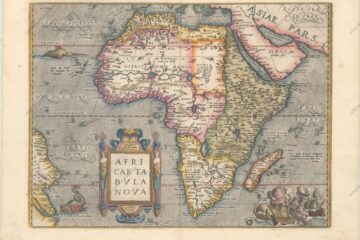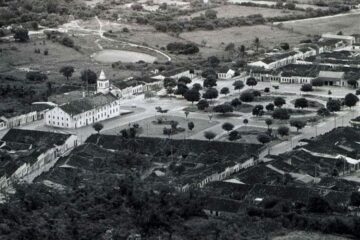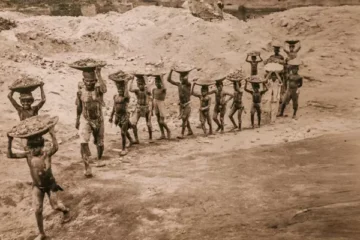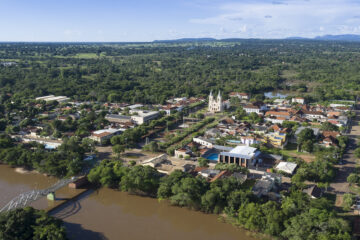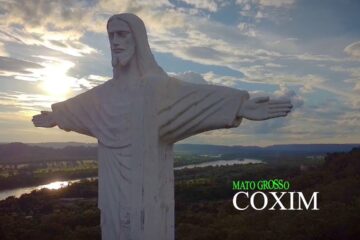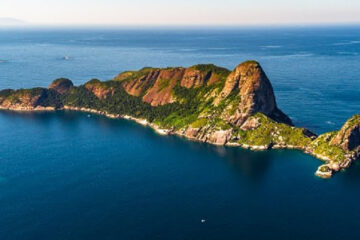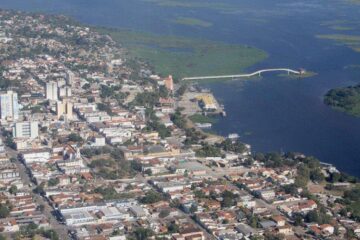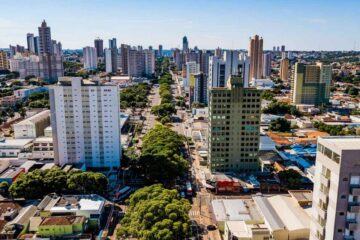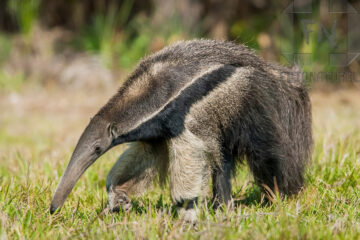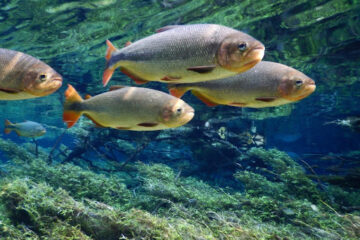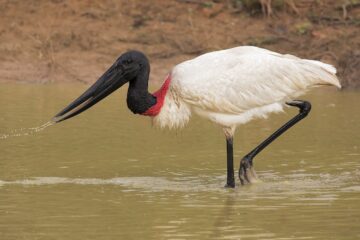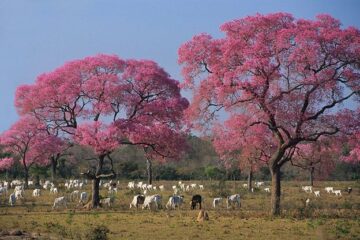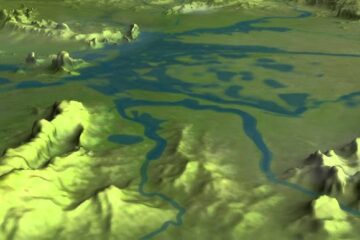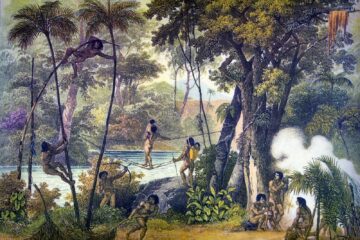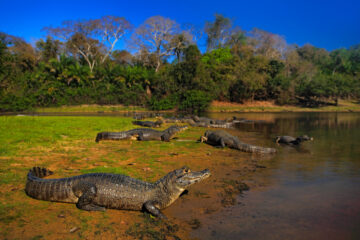Este post também está disponível em:
Português
English
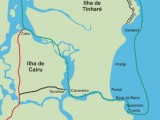
Morro de São Paulo is a village without cars, an island without banks, lively nightlife, paradisiacal beaches.
It is the main village at the northern end of the island of Tinharé, the most popular and the one with the best conditions to welcome tourists.
The archipelago of Tinharé is composed of three large islands – Tinharé, Boipeba and Cairu and 23 islets.
The settlement of Morro de São Paulo, in the Tinharé Island, began in 1535 with the arrival of Francisco Romero’s fleet. In 1624, the Dutch landed there before attacking Salvador.
Map of Access to Morro de São Paulo
After the expulsion of the invaders, Morro de São Paulo became a defense outpost of the capital. The Old Fort (or Conceição Fort) built in 1630 dates from this period, and later, when it was enlarged, it was renamed Morro de São Paulo Fort.
View the map of Costa do Dendê
The island played an important role in several episodes of Brazilian History until Independence. In 1992, the entire Tinharé Archipelago was declared an Environmental Protection Area.
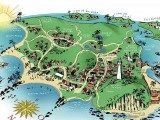
Morro de São Paulo is the main village of the Tinharé Island, the most popular and the one with the best conditions to welcome tourists. Throughout the year, it receives people from all over the world who come to enjoy the charm of its historic buildings, beautiful beaches and entertainment.
In the shopping center there are from craft stores to designer boutiques and good restaurants. And when the full moon rises big and orange over the sea, luaus take place, invitations to poetry and flirtations…
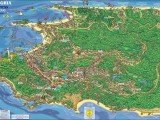
Morro de São Paulo is crowded in summer; book accommodation. Take little luggage, as there are no cars on the island. As the slopes are steep,
it may be a good idea to hire porters, who offer their services near the port and take the bags to the inns located on the first or second beach.
There is no set fee; the amount charged varies depending on the weight and volume of your luggage.
Agree on the price when hiring the service.
Those arriving by air will be able to get a minibus transfer from the local tourist agencies, which go to the Third and Fourth beaches.
The beaches are numbered from the village of Morro de São Paulo which belongs to the Cairu Archipelago.
Videos about Morro de São Paulo
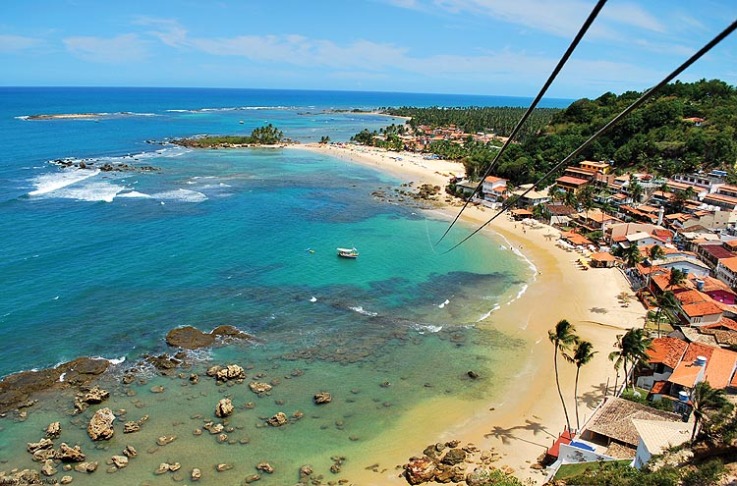

Morro de São Paulo - Reportagem

Morro de São Paulo - Guia de Turismo
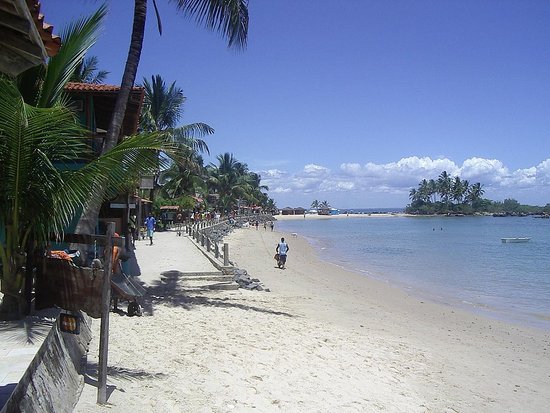
Morro de São Paulo - Dicas
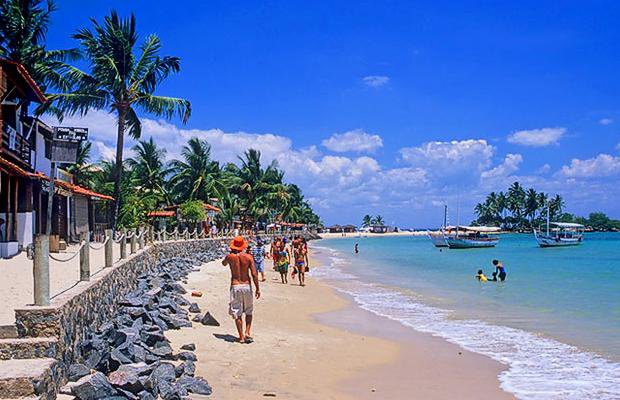
Morro de São Paulo a Noite
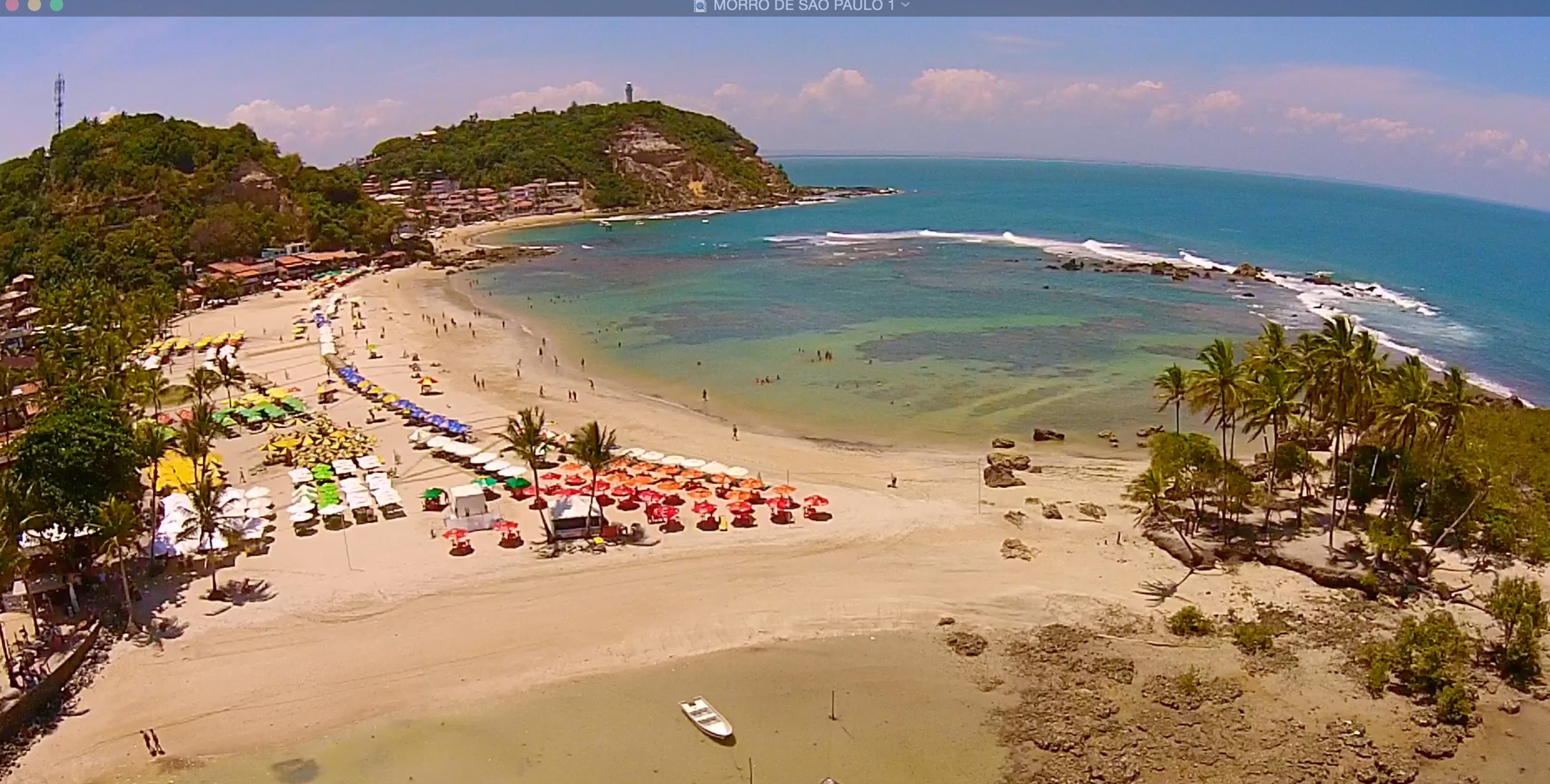
Morro de São Paulo - Drone
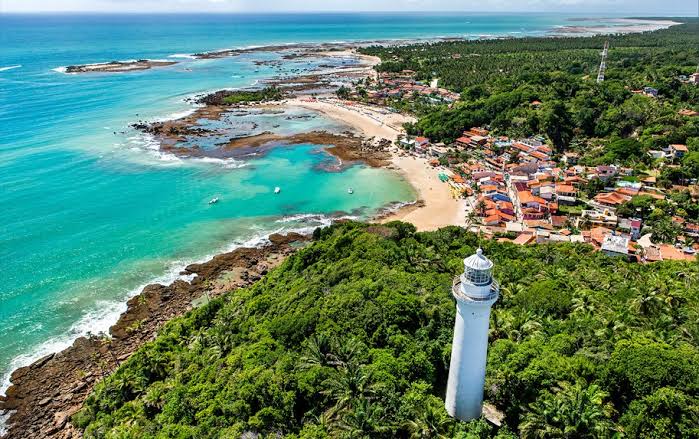
Morro de São Paulo - Guia Completo
See Archipelago of Cairu offers beautiful landscapes and lots of culture
Tourist Spots of Morro de São Paulo
1. Beaches of Morro de São Paulo
In Morro de São Paulo, the main beaches are called in numerical order from their proximity to the center.
The First is good for surfing, the Second is of the agitation, the Third of the natural pools, and in the Fourth and Encanto Beach reigns peace and tranquility, in its several kilometers practically deserted.
1.1. First Beach
The First Beach is definitely the one for surfers. With bigger and stronger waves, it was discovered by lovers of the sport, and today it is dominated by them.
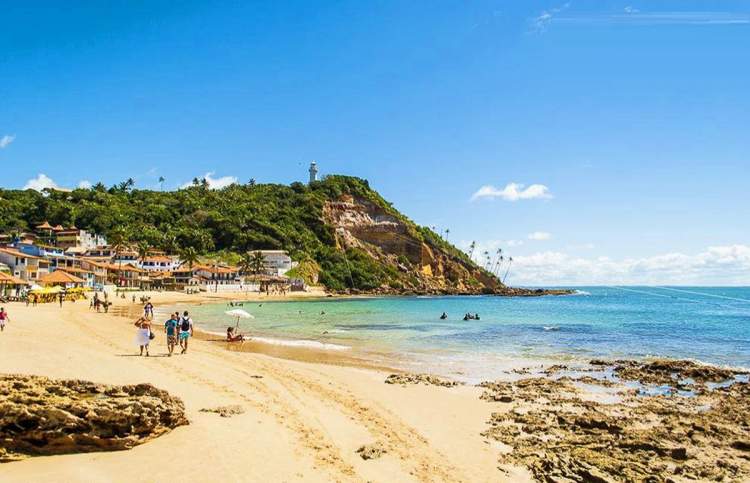
It is so called because it is the closest to the village center, only 300 meters away.
On the First Beach there are also several tents belonging to the island’s residents – who offer food and drinks to visitors.
Many inns, hotels and houses for rent are also concentrated nearby, precisely because of the ease of access. And not only surfing lives the place.
Those who like diving can enjoy Laje do Forte; adventurers can also enjoy banana boat rides or water skiing.
There is also a zip line to see everything from above. The scenery is full of green around and with clear sea full of stones to help complete the landscape.
To close the day, the best option is to go to the nearby Fort and contemplate the best sunset in the region.
1.2. Second Beach
The beach of excitement.
If the First Beach is the surfing and extreme sports, the Second Beach concentrates the party crowd, looking for a lot of excitement for the vacations.
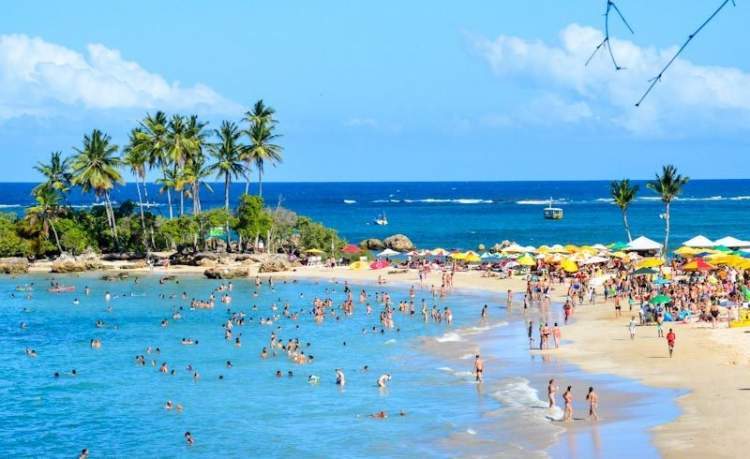
All because there are some of the trendiest and coolest tents and kiosks in Morro de São Paulo, and it is a 10-minute walk from the center.
With the coconut trees in the background, chairs and umbrellas and the breathtaking view of the sea, everything is packed with music coming from the sand – and make the place the most sought after beach on the island, especially during the high season, always full of tourists.
Between a snack and a drink, the transparent sea of the Second Beach invites you to a nice swim. Some sports are also present along the 400 meters of sand, such as volleyball and frescobol.
Everything continues at night, with parties and luaus ensuring the excitement under the moonlight – with electronic music dominating among the tents serving drinks to the public.
The place also gathers some trendy inns and many people decide to stay there. The many restaurants in the surrounding area are also a plus. The overall structure is the best on the island, which is why it has become the most sought after by tourists.
1.3. Third Beach
The beach of calm. Another one that receives many inns and tourists staying there is Terceira Praia.

Unlike the previous two, it is quieter, although it still gets its dose of excitement from time to time.
Following the Second Beach, the so-called Ilha da Saudade separates one from the other.
There are almost 1 km of sand and the beauties of Caitá Island just ahead. With coral reefs and schools of colorful fish populating the local ocean, it is one of the best diving spots in all of Morro de São Paulo.
A good choice is to rent kayaks and go through the calm sea of Terceira Praia. You can paddle to Caitá Island and see all its incredible beauty, with crystal clear sea and many corals.
The nearby region has a good structure to receive tourists, although more simple and rustic, and it is from there that most of the boat trips leave.
There are still several bars and restaurants along its shore, in addition to the inns. The strip of sand, however, is very short – and the sea takes everything at times of high tide.
1.4. Fourth Beach
The beach of nature. Among the main beaches, Quarta Praia is the furthest from the center of Morro de São Paulo. It is more than 2 km, about half an hour walking there, which also makes it the least sought after among them by tourists.
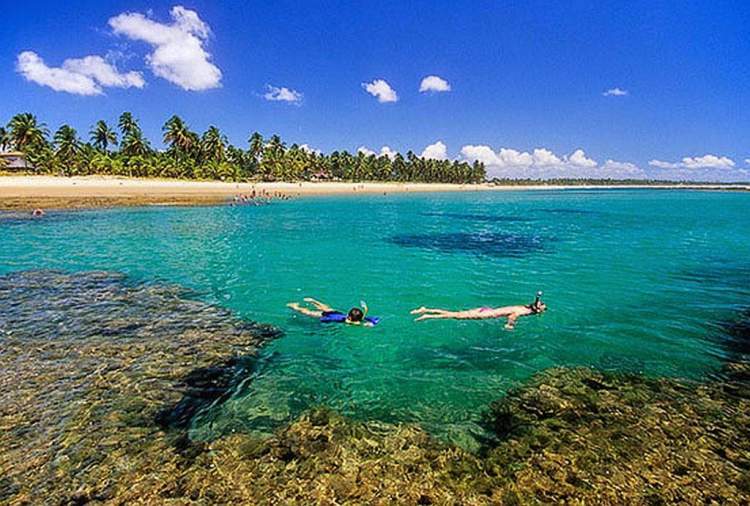
The positive point of this is that it makes it the quietest, quite secluded and without turmoil.
And it is also the largest, with 4 km long of practically deserted sands. It is definitely the most interesting alternative for those who want to relax on vacation, escape the world and just enjoy nature.
And the sea could not fail to be exuberant. At low tide, the natural pools of Quarta Praia are ideal for diving and forgetting about time in the water – the corals form a barrier that protects the place. As you walk along the sand along the beach, it gets even quieter and less crowded.
It is worth renting a snorkel to take a dip in this paradise of Morro. Between the almost transparent ocean and the coconut trees embellishing the shore, you can’t complain about anything there. It is certainly the best place for those who want maximum contact with nature.
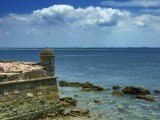
2. Fortress of Tapirandu (Fort of Morro de São Paulo)
This fort, whose construction began in 1630, was vitally important for the defense of the Bahian coast.
Due to its strategic location, it served as protection for the Tinharé Canal, through which the agricultural production of the region was drained, ruins of the fortress are listed by IPHAN.
On the surrounding beaches, natural pools are formed. The fort attracts many people who come to see the sunset and, with luck, watch the show provided by the dolphins.
3. Lighthouse
From the viewpoint at the base of the lighthouse built in 1855, you can see all the surrounding beaches. The viewpoint gives access to a zip line from which the bravest launch themselves and fall into the sea. It is not for everyone.
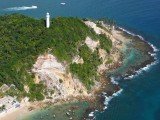
4. Fonte Grande (Emperor’s Fountain)
It was built in 1746 to supply the city. It is said that Emperor D. Pedro visited it.
5. Igreja de Nossa Senhora da Luz
It has sacred images and baroque altars in cedar from the 17th and 18th centuries. According to local tradition, Our Lady of Light, patron saint of Morro de São Paulo, would have saved the island from being plundered by the Dutch, who gave up the endeavor after seeing many troops on the island.

But the troops did not exist. The patron saint is strong or the Dutch were short-sighted.
Religious festivals are held in the church: the most important one takes place on the patron saint’s day, September 8.
6. Gamboa village
Inhabited by fishermen, it has beaches with calm waters and natural pools.
See Get to know the beauties, gastronomy, leisure and history of Morro de São Paulo
Tourism and Travel Guide of Morro de São Paulo in Bahia
